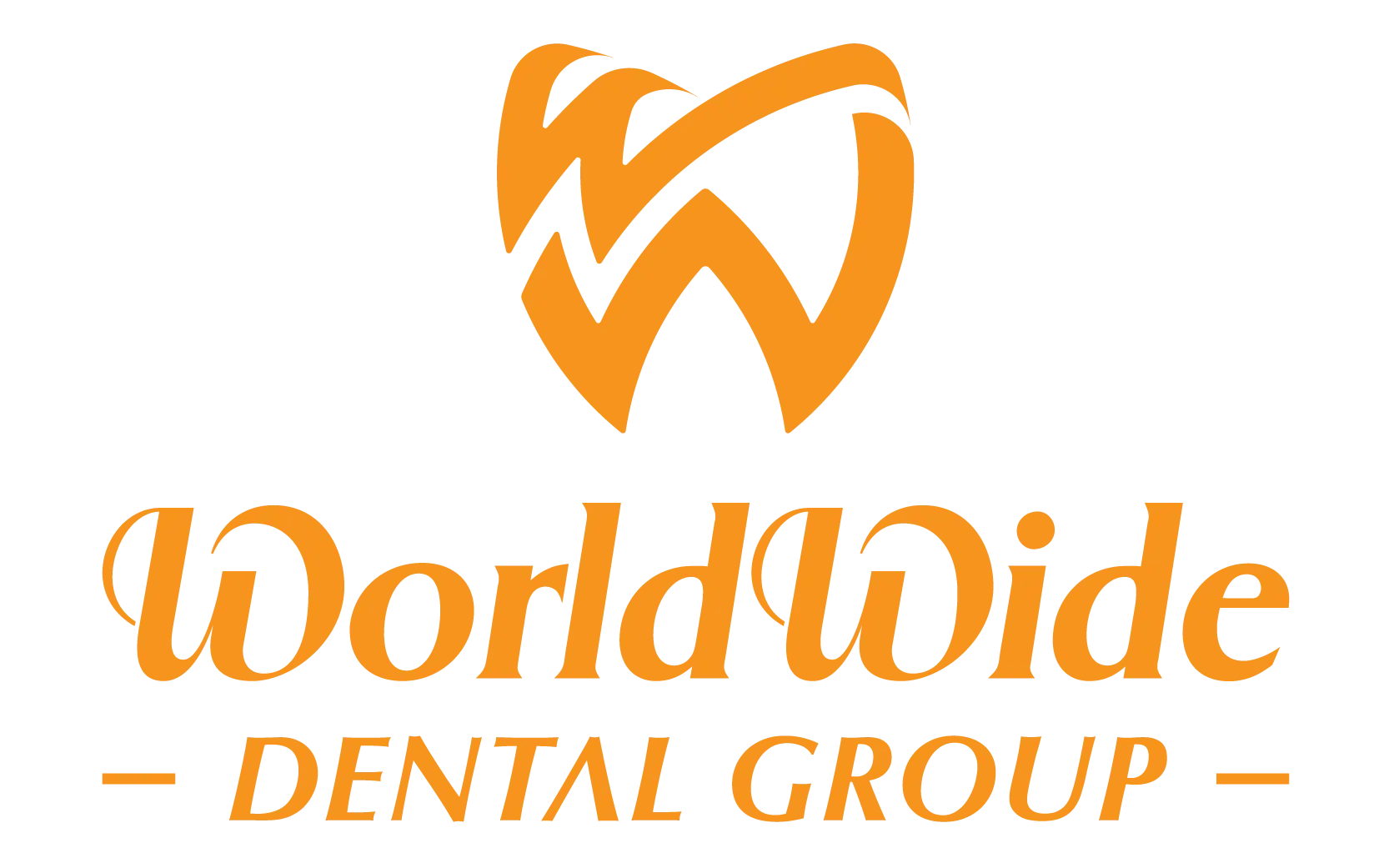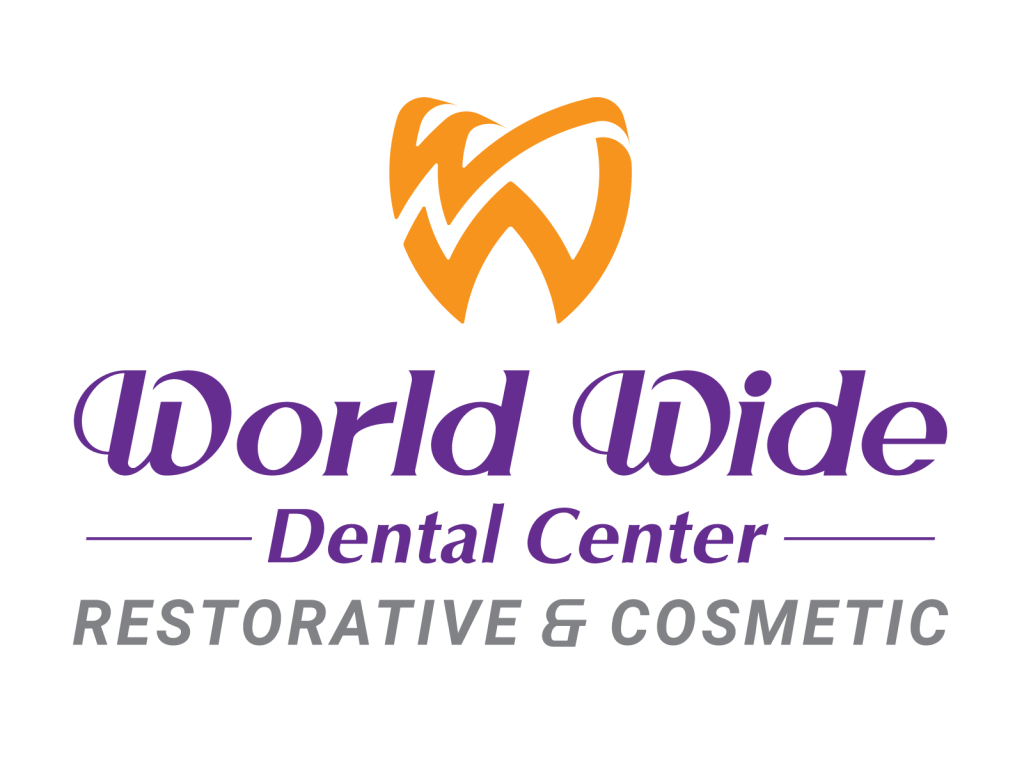IMPLANT PLACEMENT AFTER TEETH REMOVAL
Dental implants are the most comprehensive solution today to have teeth that feel natural, andachieve up to 90% of the chewing function. Dental implants, tooth extraction and Implant placement are done in one operation, also known as Implant Placement After Teeth Removal. It is increasingly and widely applied to new teeth extraction technique.
IMPLANT PLACEMENT PROCESS
The surgeon exposes the root, using a non-traumatic extraction technique to gently remove the root without damaging the alveolar bone and gum tissue.
After taking the teeth out, the surgon will place the Implant and add bone graft if necessary.
During the implant placement surgery, the alveolar bone is in an ideal state to place the Implant. If the extraction is done not in accordance with the technical expertise, it will be easy to break the alveolar bone, and it will take time to regenerate before implantation. Therefore, it is necessary to extract teeth using non-traumatic techniques, to ensure that the alveolar bone and gum tissue are not damaged.
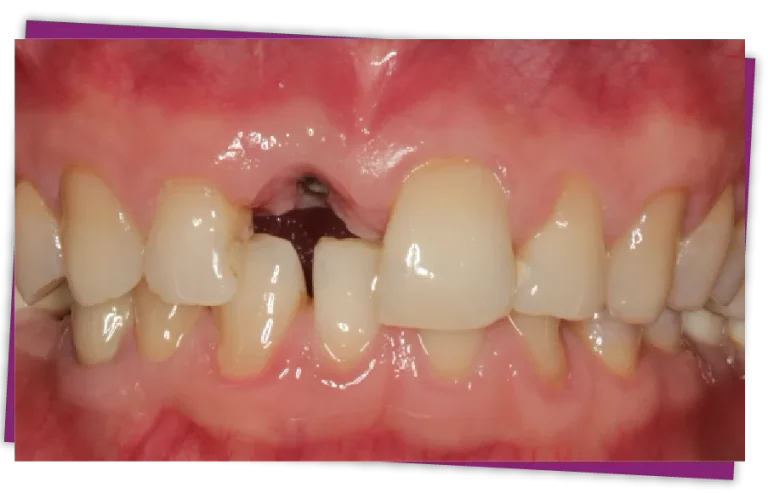
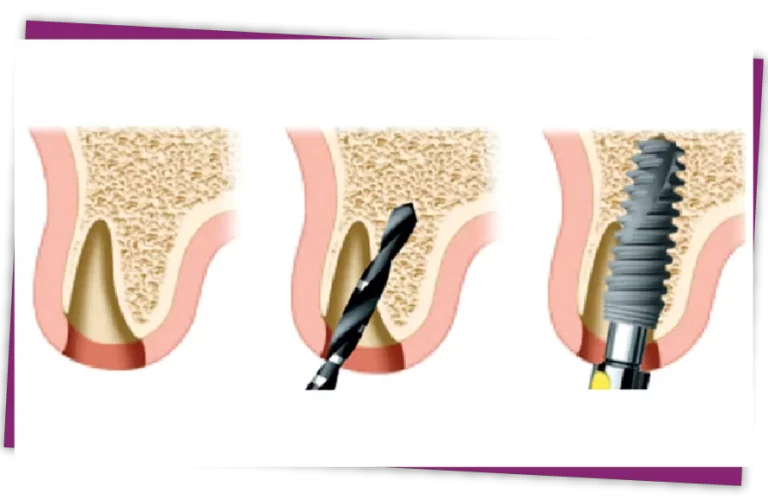
Periodontal Maintenance
Periodontal maintenance is a specialized dental cleaning designed for patients who have been treated for gum disease. After procedures such as scaling and root planing, routine periodontal maintenance is essential to keep gums healthy, prevent reinfection, and protect the foundation that supports your teeth.
Unlike a standard dental cleaning, periodontal maintenance goes deeper beneath the gumline to remove bacteria, plaque, and tartar that can trigger inflammation. With consistent care, this treatment helps maintain healthy gums, prevents tooth loss, and supports your overall oral health.
Why Periodontal Maintenance Is Important
- Control bacterial growth below the gums
- Prevent gum pockets from deepening
- Reduce inflammation and bleeding
- Maintain bone support around teeth
- Reduce inflammation and bleeding
This three-part structure mimics the function and appearance of natural teeth, allowing you to eat, smile, and speak comfortably again.
What to Expect During a Periodontal Maintenance Visit
- 1. Gum Health Evaluation
- Your dentist or hygienist checks pocket depths, gum inflammation, and overall periodontal stability.
- 2. Removal of Plaque & Tartar Below the Gumline
- Special instruments are used to clean areas that standard cleanings cannot reach.
- 3. Deep Cleaning & Bacterial Control
- Areas affected by previous gum disease are thoroughly cleaned to prevent bacteria buildup.
- 4. Polishing & Surface Cleaning
- Teeth are polished to remove stains and smooth surfaces, making bacteria less likely to stick.
- 5. Personalized Instructions
- You’ll receive guidance on brushing, flossing, and home care to maintain gum health between visits.
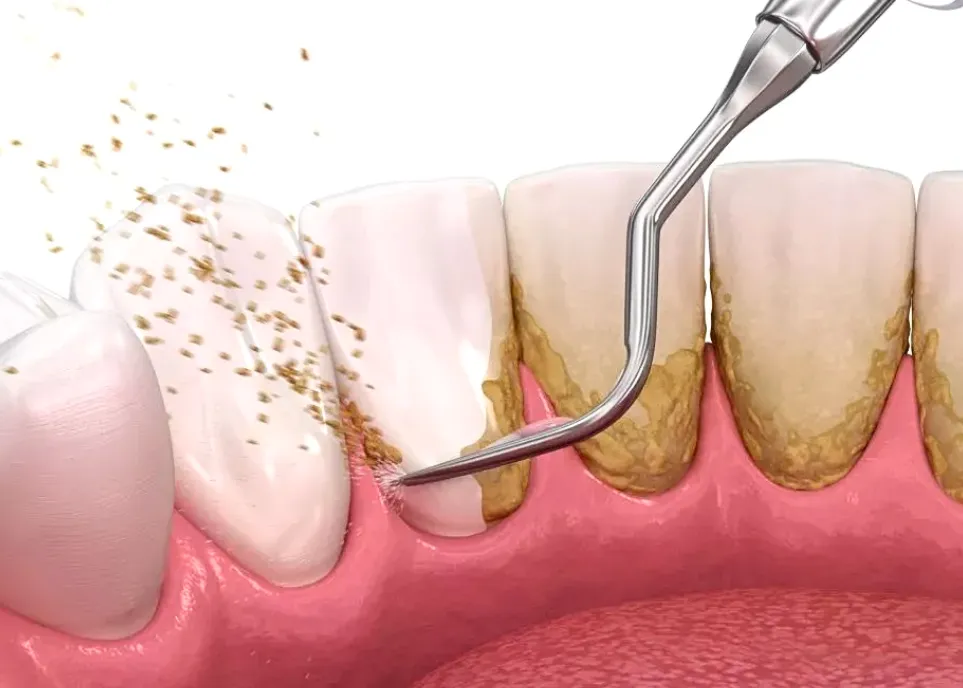
Benefits of Periodontal Maintenance
- Helps prevent gum disease from returning
- Protects bone and gum support around teeth
- Reduces risk of tooth mobility or tooth loss
- Supports fresher breath and healthier gums
- Maintains results from previous periodontal treatment
- Keeps your entire mouth healthier long-term
- Keeping your gums healthy is essential for a strong, stable smile.
How Often You Need Periodontal Maintenance
Most patients require periodontal maintenance every 3–4 months, depending on their gum condition. This frequency helps keep bacteria levels low and ensures early detection of any changes.
Skipping these visits can lead to gum disease returning or progressing—making treatment more complicated later.

A Healthy Smile Starts with Healthy Gums
Periodontal maintenance is the most important step after gum disease treatment. With regular visits and proper home care, you can protect your gums, your teeth, and your overall health for many years.
